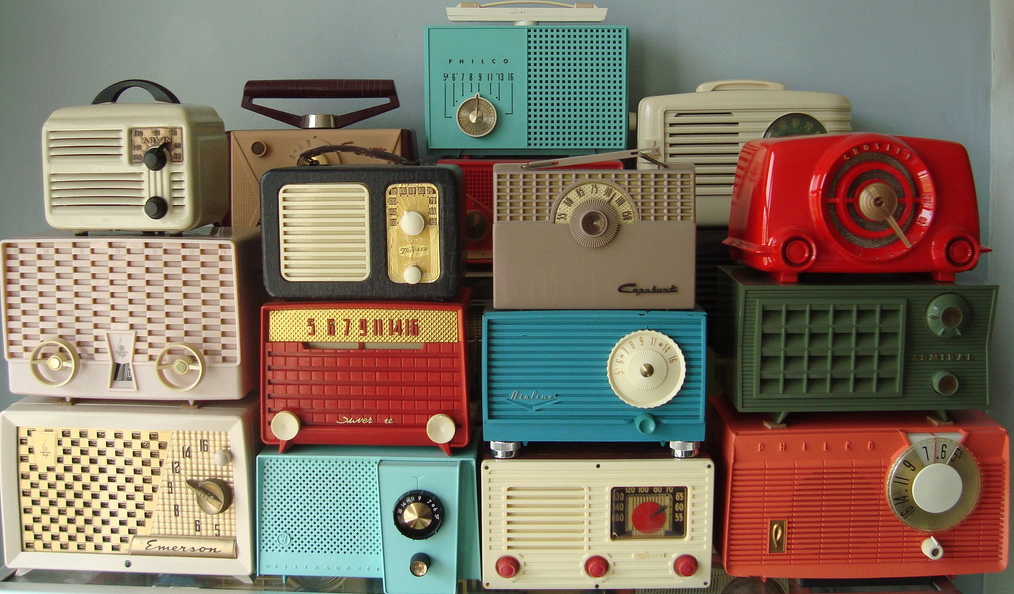August 23rd, 2012
Hardware Disruption: Same Movie, Different Era
photo credit: MarkAmsterdam, Flickr
Much talk lately about hardware startups on the rise.
Costs are coming down, Kickstarter is circumventing investors who are (were?) scared, and cool stuff is hitting the market in new and interesting ways.
But when you start to poke around, it becomes clear that the changes happening in the market are actually much more profound, and are mirroring a lot of what has happened with software startups since the late 1990s. Changes in creation, prototyping, production and distribution is making it more and more possible to thrive as a 4-person hardware startup and new ones seem to be launching every day.
I can’t overstate how exciting this is – consumers will get access to devices that more exactly fit their needs and producers will no longer need million-dollar retail distribution deals to survive.
Here’s an overview of some of these changes:
Our relationship with our devices has evolved.
More and more, our devices are becoming extensions of ourselves. They are the first thing we see in the morning and the last thing we see at night. In the same way that clothing can be a tool of self-expression, so can your speakers or your headphones or your docking station or your watch. Specialization and niche products are becoming the norm.
Buying decisions are less influenced by specs and features and more driven by design and experience.
Apple up, Dell down. Need I say more?
Financing is shifting.
Pre-sales happening through Kickstarter/Indiegogo and new development models from companies like Quirky are making it easier for hardware companies to get started. Costs are coming way down and transparency around production is growing as knowledge-sharing becomes even more ubiquitious. Producers can connect directly with their users right away, making the getting-started costs much less prohibitive.
Consumerization of 3D printing.
The growth of consumer and prosumer 3D printing will help to cut costs even further and will contribute to a more iterative prototype process, increasing the overall quality of these new electronics.
Growth of the maker community.
The communites that have grown around Makerbot, Shapeways, Tindie, Kickstarter, and other hardware niches is exceptional. While the indie hardware community is not new, there has been a spike in sites and tools that make hardware hacking easier than ever.
The gaping hole, at least for me, is at the very last part of the process: retail. The biggest players are the same – Best Buy, Wal-Mart, Amazon. Given all the above changes, surely this segment would have to shift – the experience of finding and buying new personal technology needs to adapt as well. Joe, Aaron and I couldn’t stop talking about this – we’re all gadget-obsessed web nerds, so we decided to just start building instead. Excited to share it soon, but for now, hope you enjoy our snake-tastic landing page and launch contest.
It’s called Grand St.
Just because we have all spent years buying electronics based on specs we didn’t care about, features we never used, and Black Friday blowouts doesn’t mean it is going to be that way forever.
Ironically enough, some of the growth in hardware has been facilitated by advances in web and social software. Putting aside the heartbreak of 2001, the late 1990s were (from what I hear) some of the most exciting years in web software development. Endless possibilities and intoxicating optimism, and the best is still yet to come.
Software eats consumer electronics? Yeah, something like that.
